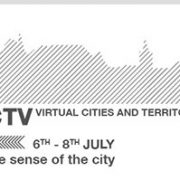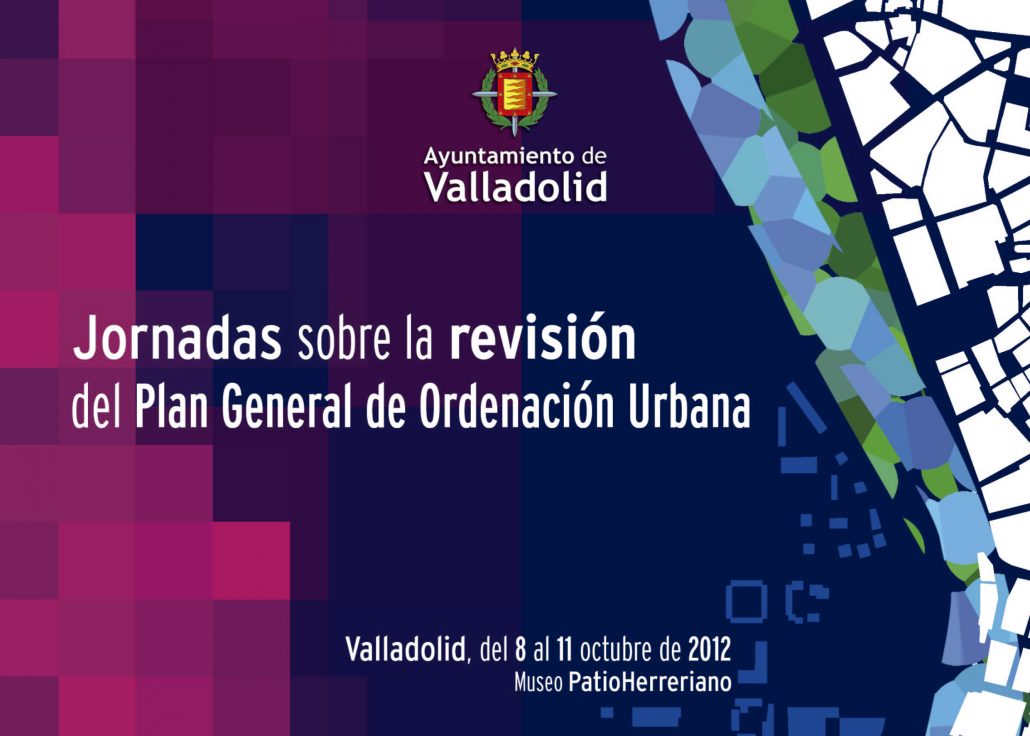Virtual cities and territories, Krakow 2016: Detecting Opportunities for Urban Regeneration

Desde mañana miércoles 6 y hasta el viernes 8 de julio se celebrará en Cracovia el 11º Congreso internacional: “Virtual cities and territories, back to the sense of the city”. Está organizado por el “Institute of Urban Design, Faculty of Architecture, Cracow University of Technology”, el “Centre de Política de Sòl i Valoracions, Escola Tècnica Superior d’Arquitectura de Barcelona, Universitat Politècnica de Catalunya” y por la “Polish Academy of Sciences, KUiA”.
El Instituto Universitario de Urbanística participará con una comunicación que defiende el uso del planeamiento como instrumento de conocimiento, gestión y gobernanza para la regeneración y la mejora de nuestras ciudades, en especial el uso de las Unidades Urbanas en le caso de Valladolid. Os dejamos el abstract de la comunicación, podéis más información, el programa así como el libro de actas que ha sido publicado online en la página web del congreo.
Title / Título:
DETECTING OPPORTUNITIES: NEIGHBOURHOOD DATA DYNAMICS FOR URBAN REGENERATION IN VALLADOLID (SPAIN)
Authors / Autores:
Juan Luis de las Rivas Sanz, Miguel Fernández-Maroto, Enrique Rodrigo González y Víctor Pérez-Eguíluz
Urban regeneration has become a priority for urban planning in Spain, because it is one of the best ways to foster a more sustainable, compact and mixed-use urban model, founded in the improvement of existing city. The Master Plan of Valladolid (Spain) has been an opportunity to tackle this objective by a thorough study of existing urban fabrics, in order to program future actions and projects.
The built city was divided into units, and each of them was carefully analysed in order to identify opportunities for improvement, such as vacant spaces or deprived areas. Every regeneration action was then designed to also generate a positive impact on its surroundings, which requires knowing the needs and structural deficits of each neighbourhood. That’s why a homogeneous “neighbourhood data system” was created, in order to propose the most appropriate action for each case.
However, “measuring” the city is a difficult task. There are different official sources of urban data, but they are not oriented to this kind of evaluation. For instance, census data have lost accuracy due to its new methodology (2011), and their level of disaggregation is often inadequate. Other sources such as Cadastre are aimed at tax purposes and they must therefore be reinterpreted.
Through the case of Valladolid we can show a method based on both identifying opportunities for improvement and analysing available urban data. Avoiding the loss of a global overview of the whole city, it builds a working knowledge that allows programming more efficient urban regeneration actions.






